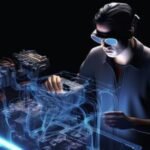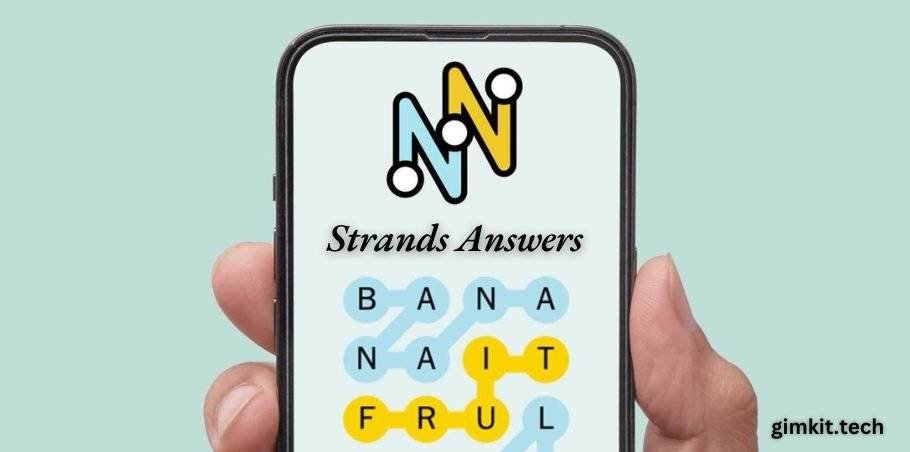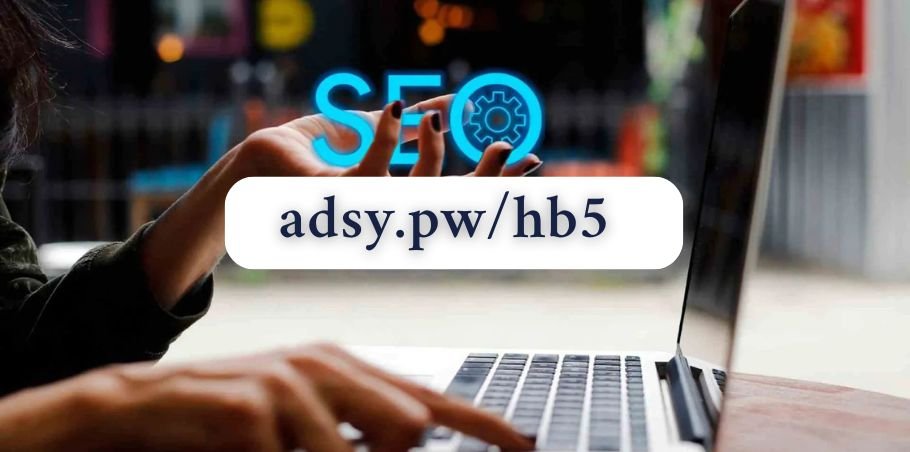What Are Strands Answers?
Strands Answers is a new, innovative approach to problem-solving and decision-making that is gaining traction across various industries. But what exactly are strand’s answers? In essence, they are solutions derived through complex analysis and multi-faceted exploration, often involving the collection of various threads of information that come together to form a cohesive, more comprehensive response.
As the need for more dynamic and adaptable solutions rises, especially in a world full of intricate challenges, strands answers today have become an important tool in offering deeper insights.
The Concept Behind Strands Answers
To understand strands answers, we first need to dive into their origins. Historically, problem-solving has relied on linear, single path thinking think about a traditional Q&A format or even the way we analyze data. However, as the world becomes more complex, it’s no longer enough to provide a simple, direct answer. Instead, strands answers today reflect the understanding that answers are often multifaceted, requiring a more holistic approach.
How Do Strands Answers Work?
The idea behind strands answers is straightforward multiple sources of information, perspectives, or inputs are combined to form a comprehensive answer. This process allows for deeper insights and better decision-making.
The components of a strands answer can range from factual data to subjective analysis, and sometimes even emotional or philosophical input. Each “strand” adds a layer of context, making the answer more robust. For instance, in a business context, strands answers might include financial data, market trends, consumer behavior, and potential risks each piece contributing to a final, well rounded response.
The Science Behind strands answers today
Strands answers involve cognitive processes like analysis, synthesis, and evaluation. Cognitive science tells us that when we gather various pieces of information, our brains work to connect these strands and form a unified response. This approach not only brings about a richer understanding but also encourages a deeper dive into the topic, promoting critical thinking and problem-solving skills.
Real-Life Applications of strands answer
Strands answers have already started being implemented in real-world scenarios. In education, for example, teachers use nyt strands answers to assess students’ understanding by considering a range of factors like performance, participation, and emotional intelligence.
In business, companies use today’s strands answers to form comprehensive strategies by considering various facets such as market research, customer feedback, and employee input. These diverse elements help companies stay competitive and agile.
Strands Answers vs. Traditional Answers
When comparing strands answers to traditional methods, one key difference stands out: traditional answers typically focus on a singular, direct solution, while strands answers offer a broader, more nuanced perspective.
Traditional methods are often limited by the data at hand or the assumptions built into the process. In contrast, strands answers take a more dynamic approach, integrating multiple layers of information that lead to more accurate and adaptable outcomes.
The Role of Technology in Strands Answers
In today’s fast-paced world, technology plays a crucial role in facilitating strands answers today. AI powered tools, for example, can process vast amounts of data from various sources, identifying patterns and connections that humans might miss.
Platforms designed for collaboration also allow for the integration of multiple perspectives and strands of thought, making it easier to come to a more comprehensive and accurate answer.
How Strands Answers Are Shaping Decision-Making
As we move towards a more interconnected world, strands answers are becoming a cornerstone in decision-making processes. They enable individuals and organizations to make decisions based on a range of factors, reducing the risks associated with oversimplified conclusions.
In personal decisions, such as choosing a career path, strands answer might consider factors like personal values, market demand, educational opportunities, and job satisfaction. In organizations, leaders can use strands answers today to evaluate the full spectrum of risks and rewards when making strategic moves.
Strands Answers in Education
Strands answers have great potential in education as well. Teachers can use them to assess student performance in a more holistic way. Instead of simply looking at test scores, educators can incorporate other factors such as participation, effort, and growth over time.
This approach can also be used in personalized learning strategies, where each student receives a unique learning plan based on a variety of inputs from their teachers, peers, and even self-reflection.
Challenges and Limitations of Strands Answers
While strands answers offer significant advantages, they are not without challenges. One of the biggest obstacles is the complexity involved in gathering and integrating the various strands of information. It can be time-consuming and may require advanced technology or expertise.
Moreover, there’s a risk that in the attempt to consider every possible angle, decision-making can become paralyzed due to over-analysis.
Ethical Considerations
As with any new method, ethical concerns arise. Strands answers must be carefully managed to ensure that biases don’t skew the results. For example, if certain strands of information are more heavily weighted than others, it may lead to an unbalanced answer. Transparency and fairness are essential to the process.
When using strands answers to guide decision-making, it’s crucial to consider the ethical implications to ensure that the process remains fair, transparent, and unbiased. As this method gathers and integrates various strands of information, there are several ethical concerns that need to be addressed to maintain integrity and trust.
Bias and Fairness: One of the primary ethical challenges in nyt strands answers is ensuring that the information used is not biased. Every strand of information has the potential to carry implicit biases, whether due to the sources from which they are derived or the way they are interpreted. If certain types of data or perspectives are given more weight than others, it can lead to skewed answers that may not represent the full picture.
Transparency: Transparency is another ethical consideration when using strands answers today. Decision-makers should be clear about where their information is coming from, how it was gathered, and the process used to integrate these strands into a final answer. Without transparency, stakeholders may distrust the process, suspecting that certain strands were deliberately excluded or misrepresented.
Data Privacy and Confidentiality: In many cases, strands answer require gathering sensitive data from various sources. Whether it’s personal data, financial records, or proprietary business information, maintaining the confidentiality and privacy of this data is paramount. Ethical use of strands answers involves respecting the privacy of individuals and organizations whose data is being incorporated into the process.
Accountability: The use of strands answers also raises questions about accountability. If a decision based on today’s strands answers turns out to be flawed or harmful, who is responsible for the outcome? Because strands answers rely on the aggregation of multiple strands of data and perspectives, it can sometimes be difficult to pinpoint where things went wrong.
Impact on Vulnerable Groups: In any decision-making process, it’s essential to consider how the outcome might affect vulnerable or marginalized groups. Strands answers, if not carefully managed, could inadvertently exacerbate inequalities or lead to decisions that disadvantage certain groups. For instance, if the strands used in a decision heavily favor one socioeconomic group, it could result in policies or outcomes that harm others.
The Future of Strands Answers
The future of strands answers looks promising. With advancements in AI, machine learning, and big data, the ability to gather, analyze, and integrate multiple strands will only improve. Strands answers are set to become even more accurate and efficient as technology evolves. As we continue to navigate an increasingly complex world, the role of today’s strands answers is poised to grow, influencing decision-making processes across multiple industries. With technological advancements and a growing understanding of human cognition and data integration, the future of nyt strands answers today looks both promising and transformative. Let’s explore the key factors that will shape the future of strands answers.
Preparing for the Future of Strands Answers
To stay ahead of the curve, individuals and organizations need to embrace these new ways of thinking. Skills like data analysis, critical thinking, and adaptability will be essential in making the most of strands answers. As strands answer continue to shape decision-making across various sectors, preparing for their future integration and evolution is essential. With advances in technology, shifts in data accessibility, and an increasing demand for personalized insights, organizations and individuals need to position themselves strategically to harness the full potential of strands answer. Here are some key strategies for preparing for this transformative future.
FAQs about Strands Answers
What are the key advantages of using strands answers?
Strands answers offer a broader perspective, allowing for more accurate and adaptable solutions by integrating multiple viewpoints and data.
Can strands answers replace traditional methods in decision-making?
While strands answers provide more holistic solutions, traditional methods still have a place in straightforward or less complex decision-making.
How are nyt strands answers applied in education?
In education, strands answers allow teachers to assess students based on multiple factors, offering a more holistic view of performance and progress.
What are the challenges in using today’s strands answers?
The complexity and time-consuming nature of integrating various strands of information can be a challenge, as well as the potential for over-analysis.
What is the future outlook for strands answer?
As technology continues to evolve, the future of strands answers today looks promising, with AI and big data playing an increasingly important role in shaping more accurate and efficient solutions.
Conclusion
Strands answers represent a shift in the way we approach problem-solving and decision-making. By combining multiple sources of information, we can arrive at more comprehensive, accurate, and adaptable answers to a rapidly changing world. Whether in education, business, or personal decision making, the role of strands answers today is only set to grow.
- What is CHTIW? Unpacking the Origins, Meaning, and Global Buzz
- Inside Remixpapa: How Remix Culture Became a Global Movement
- Everything You Need to Know About adsy.pw/hb5
- Theboringmagazinne.com/: A Digital Sanctuary for the Creatively Curious
- What is CÑIMS? A Deep Dive Into the Concept, Features & Benefits
- Crichd: The Ultimate Free Streaming Destination for Cricket Fans















